BY: DANIELLE ROBERTSON RATH
It’s 3:00 pm and you’re exhausted. You woke up exhausted, but you had coffee for breakfast, and now you’re exhausted again. You are now thinking that maybe it wasn’t such a good idea to stay up ‘til 1 am watching Olympic snowboarding after all. Or maybe you’ve recently discovered you do your best thesis writing at 10:00 pm when you finally have time to sit down and relax. Whatever the reason, we all have all those days where the struggle is real to stay awake and remain focused.

The ephemeral (fleeting) success of caffeine
According to Caffeine Informer’s caffeine database[1], there are almost two hundred different caffeinated food products, including ice cream, granola, brownies, waffles, marshmallows, jelly beans, candy, gum, jerky, and good old-fashioned dark chocolate. Okay, so that last one is technically naturally caffeinated…
Caffeine consumption is also associated with health benefits including reduced risk of type 2 diabetes mellitus and obesity [2], reduced risk of Parkinson’s disease and Alzheimer’s [3], and improved athletic performance [2]. But there are two major pitfalls to this miracle drug:
- Over-caffeinating can give you the jitters and other undesirable side effects [4].
- Caffeine’s half-life is ~4-6 hours, so if you start your day at 6:00 am and don’t get to bed until midnight, your morning cup of joe isn’t going to last past noon.
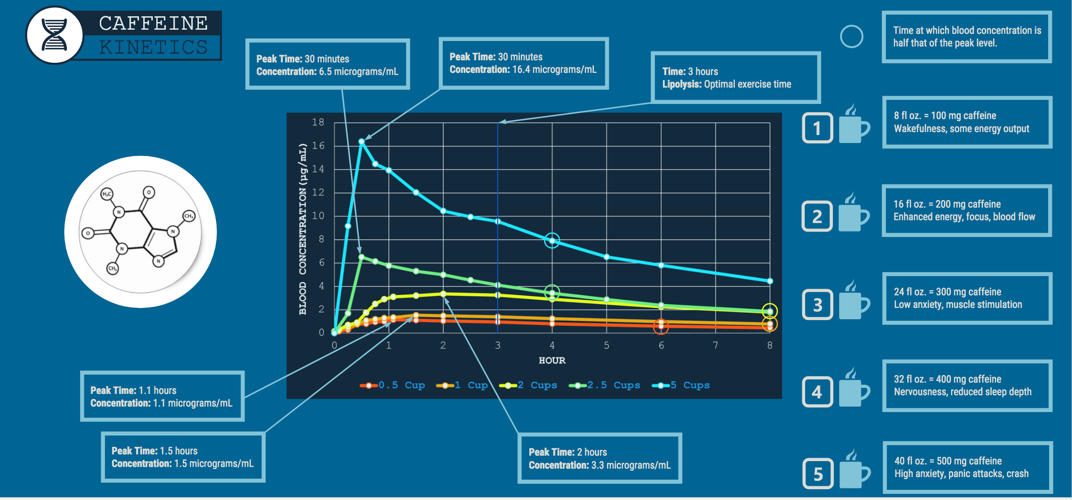
https://infograph.venngage.com/p/221421/caffeine-kinetics
I’m tired, how do I make my caffeine last longer?
There are at least three ways to make caffeine last longer, all complete with their very own pop culture reference: the Gilmore Girl Method, the Violet Beauregarde Method, and the Russian Doll Method.

https://youtu.be/tNLH6f2__wI
- The Gilmore Girl Method: In this first method, you sip something caffeinated continuously throughout the day. This is probably the most common strategy, but this creates not one, but two vicious cycles. If you’re drinking coffee throughout the day, you’re probably not drinking water, and dehydration causes fatigue, which makes you crave more caffeine. Furthermore, if you drink caffeine within 6 hours of your bedtime, your sleep will be affected and you’ll wake up exhausted, perpetuating the need to drink caffeine again throughout the next day [5]. And thus, the cycle continues. If you are abiding by this method is important to stay hydrated and drink at proper times throughout the day.

http://charlieandthechocolatefactoryfilm.wikia.com/wiki/Violet_Beauregarde
2. The Violet Beauregarde Method: Thanks to food scientist product development skillz- there’s caffeinated gum! Masticating (the act of chewing) is one way to stay awake and alert, but add caffeine to the mix and you have a portable caffeinated option right in your pocket to last your whole day. But like the first method, there are downsides to this strategy too.
Caffeine is bitter, so as soon as the gum’s flavor fades, the taste that remains is not very pleasant. The other problem with caffeinated gum is that the FDA is not too happy with this product development creation. The FDA has expressed concern over the use of caffeine in food in the past because it increases the risk of dangerous overexposure of children and adolescents to caffeine.
Following the (short-lived) launch of Wrigley’s caffeinated gum, the FDA issued a statement[6] which pretty much doomed the fate of the caffeinated gum market:
“The only time that FDA explicitly approved the added use of caffeine in a food was for cola and that was in the 1950s. Today, the environment has changed. Children and adolescents may be exposed to caffeine beyond those foods in which caffeine is naturally found and beyond anything FDA envisioned when it made the determination regarding caffeine in cola. For that reason, FDA is taking a fresh look at the potential impact that the totality of new and easy sources of caffeine may have on health, particularly vulnerable populations such as children and youth, and if necessary, will take appropriate action.”
According to Caffeine Informer’s Guide to Caffeinated Gum[7], several manufacturers (including Wrigley) ceased production of caffeinated gum products after a series of FDA warning letters.
With the vicious cycles that accompany continuous caffeine sipping, and with the FDA throwing shade at caffeinated food products, that leaves us with our third and final method or prolonging caffeine release, the Russian Doll method (i.e., encapsulation).
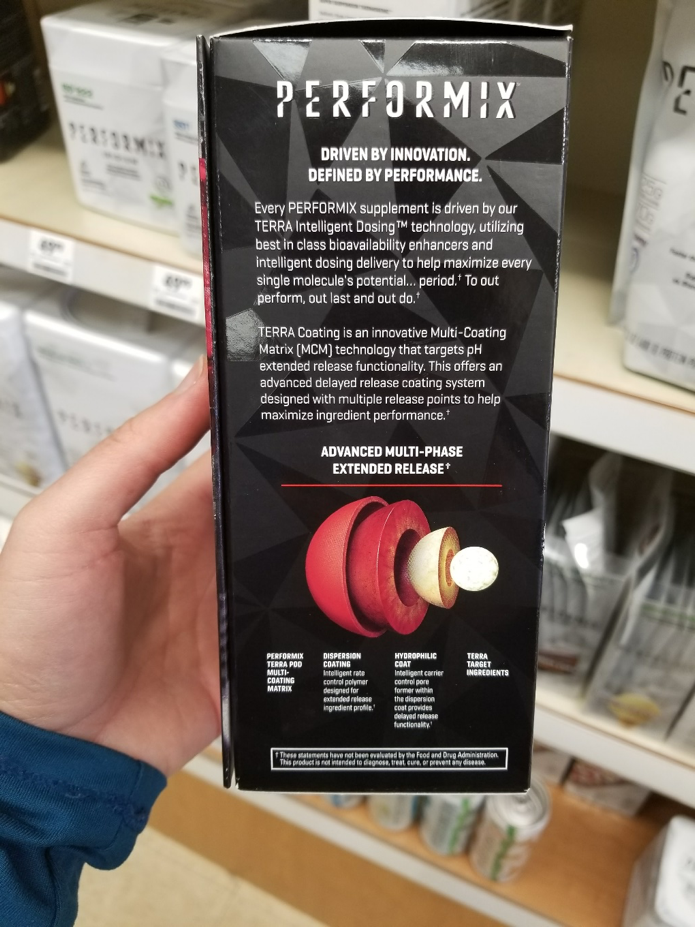
GreenEyedGuide exploring different caffeinated products in GNC, Beloit, WI.
Food Science Meets Pharma
3. The Russian Doll Method: Time-release technology may be a new concept in the world of food science but it’s definitely not a new trick in the world of pharmaceuticals. ZumXR holds eight different patents for time-release delivery systems and explains a bit of the magic behind the science [8]. In this delivery system, nutrients are encapsulated in micro-beads, and these micro-beads are designed to release the nutrients within gradually in response to the changing pH conditions in the small intestine.
For caffeinated beverages, the caffeine is coated using GRAS (generally recognized as safe) ingredients to create a shell that doesn’t start releasing caffeine until it reaches the upper GI tract (the path from the mouth to major papilla in the duodenum) [9]. While encountering different acidity levels in the stomach (~ pH 2.5) and the upper GI tract (~ pH 6.8), the various pH environments act like a trigger to initiate the dissolution of the shell which releases the caffeine. The caffeine is then absorbed progressively by the body over a 4-6 hour period. Since caffeine’s half-life is ~ 4-6 hours, this means you’re getting a new troop of caffeine fatigue busters right when the first troop has finished their shift.

http://www.zumxr.com/technology
Great! A continuous release of caffeine, but what’s the catch?
There are significant benefits to this time-release caffeine strategy. The EFSA says healthy adults should only have up to 200 mg caffeine at a time and 400 mg caffeine per day [10]. Instead of ignoring that 200 mg caffeine limit, food scientists can create products with 200 – 400 mg of caffeine which is released a little bit at a time. Sustained-release or timed-release caffeine can be used to avoid jitteriness and the “caffeine crash”, as well as mask the characteristic bitter and undesirable taste of caffeine [11].
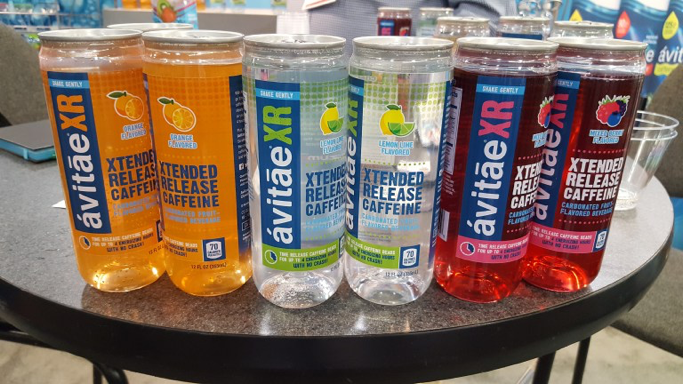
https://greeneyedguide.com/2017/04/13/energy-drink-of-the-month-april-2017-avitaexr
Now, there are some cons to this approach as well. The catch with these time-release caffeine products is that it requires a bit more caution on the consumer side. If you don’t want to buy 3 coffees strategically throughout the day, a time-release caffeine beverage like AvitaeXR could be a great morning companion. It would not be a good idea, however, to consume one of these time-release caffeinated drinks when your day is already half-over. The second wave of caffeine will probably hit you right when you’re ready to call it a night and you can kiss your good night’s sleep goodbye.
The other catch with this technology is you have to beware of imposters. That moment you realize you’ve had a little too much caffeine it’s too late to do anything about it. If you drink a product thinking it will give you 400 mg caffeine over 12 hours and instead the caffeine hits you all at once, you could be in serious trouble. The best way to make sure you’re getting “the real deal” is to look for clinical studies showing how the coated ingredients in the product actually release over time.
Conclusion
Sustained-release caffeine is a great idea for caffeine addicts everywhere, and a great example of how collaboration across different sciences can address some of the daily struggles we face.
Want to learn more about caffeine and food science? Come check out our Instagram and Facebook for more weekly updates, news, and food science!
REFERENCES AND RESOURCES:
[1] Caffeine Informer. “Caffeine Informer Database” https://www.caffeineinformer.com/caffeine-in-candy
https://www.caffeineinformer.com/efs-guide-to-caffeine-gum
[2] Heckman, M. A., Weil, J. and De Mejia, E. G. (2010), Caffeine (1, 3, 7-trimethylxanthine) in Foods: A Comprehensive Review on Consumption, Functionality, Safety, and Regulatory Matters. Journal of Food Science, 75: R77–R87. doi:10.1111/j.1750-3841.2010.01561.x
[3] Caffeine Informer. “Top 25+ Caffeine Health Benefits” https://www.caffeineinformer.com/top-10-caffeine-health-benefits
[4] Caffeine Informer. “20+ Harmful Effects of Caffeine” https://www.caffeineinformer.com/harmful-effects-of-caffeine
[5] Caffeine Informer. “Caffeine Hangover and Crash: What It Is and How to Avoid It” https://www.caffeineinformer.com/caffeine-hangover-caffeine-crash
[6] US FDA. “Added Caffeine in Gum.” Food Additives and Ingredients, 19 Dec. 2017, www.fda.gov/food/ingredientspackaginglabeling/foodadditivesingredients/ucm396885.htm.
[7] Caffeine Informer. “Guide to Caffeinated Gum” https://www.caffeineinformer.com/efs-guide-to-caffeine-gum
[8] ZumXR. “Patented Innovations” http://www.zumxr.com/patents
[9] Medscape. “Upper GI Tract Anatomy” https://emedicine.medscape.com/article/1899389-overview
[10] EFSA NDA Panel (EFSA Panel on Dietetic Products, Nutrition and Allergies), 2015. Scientific Opinion on the safety of caffeine. EFSA Journal 2015;13(5):4102, 120 pp. doi:10.2903/j.efsa.2015.4102
[11] Maxx Performance. “The Case for Sustained-Release Caffeine” http://www.maxxperformance.com/stories/supplements/sustained-release-caffeine/
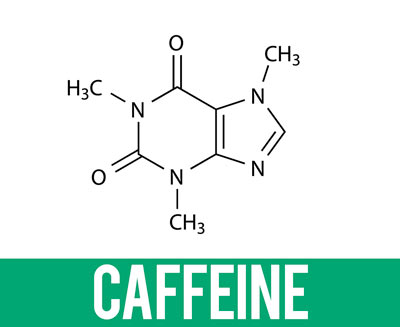
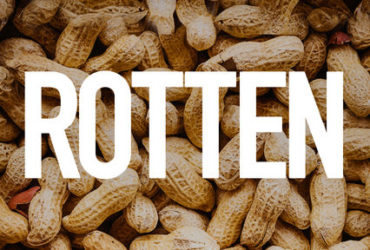
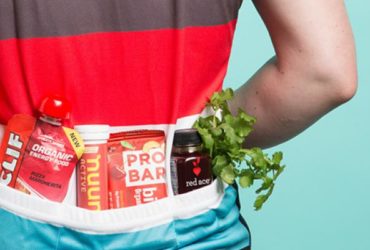



I googled “time release coffee” after hearing it on Gilmore Girls and was greeted here by the Gilmores 🙂 Thanks for the share!